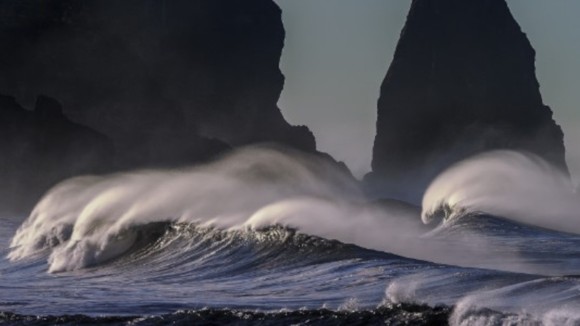Collection
Monitoring of coastal zones
- Submission status
- Open
- Submission deadline
Coastal zones are ecologically rich and diverse interface environments in which land and water interact. They contribute to Earth's biodiversity, help in climate regulation and protection from natural hazards, and support a range of economic activities; even though coastal zones constitute only 18% of the surface of the globe, they represent 80% of the marine biodiversity, provide 25% of global biological productivity, and concentrate 90% of commercial fishing activities.
As the intersection of land and sea, coastal zones - and the physical, chemical, and biological processes innate to them - are exposed to a range of natural and human-induced stressors, which can have significant impacts on their health and functioning. Additionally, these sensitive areas tend to respond to changes at different timescales (from individual events to long-term trends), and at different magnitudes, making their monitoring a demanding task.
Monitoring coastal zones is essential for the effective management and conservation of these vital ecosystems, as well as for the sustainable use of the resources they provide. While modern engineering solutions have greatly improved our ability to monitor coastal zones, remaining challenges, ranging from the lack of standardisation, to limited spatio-temporal resolution and accessibility of coastal data, to the negative environmental impact of on-site monitoring, are necessary to be addressed in order to ensure that monitoring programs are effective and sustainable over the long term.
This collection is dedicated to the latest research on the monitoring of coastal zones. We welcome engineering and computational solutions with the potential to improve the process of coastal zone monitoring, and to assure its long-term sustainability.

Editors
-
Asunción Baquerizo
University of Granada, Spain
-
Magaly Koch
Boston University, USA
-
David Menier
University of South Brittany, France
-
Ana Cláudia Moreira Teodoro
University of Porto, Portugal
